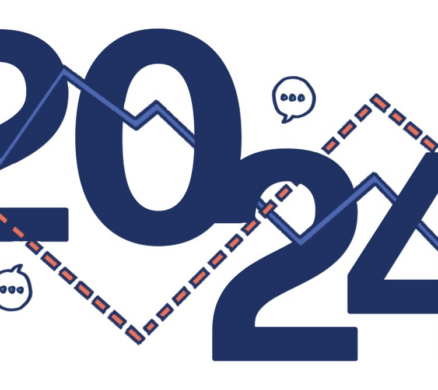
This is the second installment of our ‘Building Your Digital Landscape’ series about the best practices you can use to construct a strong digital presence. If you’ve not had a chance to sift through the acronyms, you may want to read an earlier post around SEO, SEM, etc., and clear the cobwebs.
Ready to start renovating your digital landscape? We’ve got good news — you don’t need to invest in a whole new website to improve your SEO and overall digital strategy. Providing search engines with a strong website content structure can help your search engine rankings pretty dramatically. And one of the quickest ways to get on Google’s good side is having properly placed header tags.
If you’re of the generation that knows what a library card catalog is, think of it as the card entry in the card catalog that swiftly enabled the librarian to find exactly what you were searching for.
Your header tags are the bare-bones descriptors that let the search engine know what your web page is offering to the searcher. Just as you wouldn’t expect an author to be listed where the title is on a book cover, each of the main three header tags has its purpose.
What is the difference between H1, H2 and H3 tags and why does it matter for SEO?
Your H1 is the header tag thou shalt not live without. It is the overall theme of your web page, usually the title of your post or page. The H1 tag should contain your primary keyword targets, be focused on the “big idea” and, if you can, be an attention grabber.
Keyword targets? What are those, you ask? Keywords that most accurately represent your page and are most relevant to your content in the most succinct way of stating it.
For example, if the title of your blog post/web page is your H1 tag, you’re likely using a strong keyword (relevant to your content) and not just throwing a string of keywords together. For this page, our H1 is ‘Heading into Header Tags for Strong SEO’. We are targeting the keywords ‘header tags’ and ‘SEO.’
If H1 is the title, H2 is the subtitle. It’s the supporting and sometimes stronger definition phrase to hone in exactly what your web page is about.
Just like your H1 tag uses strong keywords—so will your H2 tag. Think of it in a grammatically correct phrase or sentence, though. Google and other search engines can tell when you’re just stringing keywords together; and it’s a swift way to get on the search engine’s bad side.
One common strategy is to use questions as the H2 tag to assist search engines with exactly what the page will be helping to solve or provide the searcher. (Think hard, how many times do you google a question a day?) For this page, our H2 is ‘What is the difference between h1, h2 and h3 tags and why does it matter for SEO?’.
Finally, H3 is your supporting phrase to hit the whole purpose home. You could probably guess what we’re using for ours below: How to use h1, h2, and h3 tags to strengthen your SEO.
How to use H1, H2, and H3 tags to strengthen your SEO
A long-standing client of ours recently employed a few of our SEO best practices to help improve their organic search rankings and online visibility. We began by researching a list of keywords to target, threw in a little competitor analysis and then performed a site audit, including identifying where we could strengthen header tags.
In just a few short months after implementation, the site ranked for more than 1,000 new organic keywords, leading to nearly 40% increase in organic traffic trends. By targeting specific competitive keywords in header tags, our client is now able to outrank business competitors for relevant search queries by ranking in the top 3 on Google search results.
Header tags are not nearly as complex as you may have initially thought. They’re one of the most straightforward on-page elements to SEO improvement. Need help evaluating the header tags on your website? We’re happy to help.





